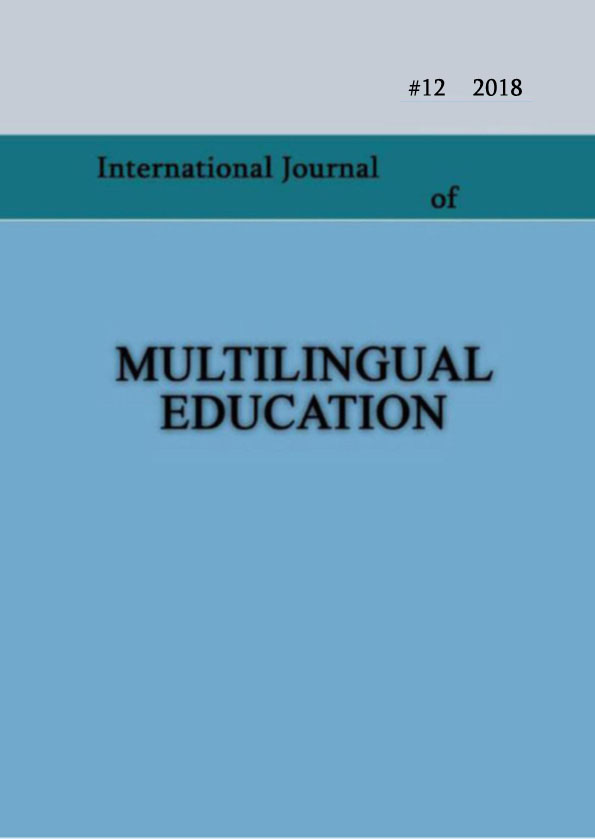Teaching Georgian as a second language: Modality and Tense (modal unda)
Keywords:
Modality, mood, tense, second language teachingAbstract
In the Georgian language, the verb paradigm is distributed among the forms of screeves (Shanidze). A screeve is a complex grammatical category which embraces the characteristics of tense, person, aspect, mood, permansive, resultative, perfect, evidentiality. The agglutinative nature of the language implies the existence of several grammatical meanings in one and the same verb form. The category of modality is expressed by means of adding modal elements to the verb form. The modal element expresses modal semantics, whereas the verb form bears the semantics of other grammatical categories. Thus, in Georgian, a modal construction embraces a combination of several grammatical peculiarities and semantics. The modal element is not usually found with all screeve forms. In order to express a modal content, different modal elements choose different screeves.
The categories of tense and aspect are important features of the modal construction. The modal element unda is used with three screeves in Georgian: Present Subjunctive, Second Subjunctive and Second Resultative. Out of these, two are subjunctive mood forms, whereas the third one is the form of the indicative mood. However, as a result of weakening of the functions of the third subjunctive, the screeve of the second subjunctive has acquired numerous functions. One of such functions is to express modality in the past. Acquisition of modal constructions is an important part of language teaching. Modal constructions express the speaker’s attitude. In this regard, at a certain stage of language teaching these constructions are frequently addressed. It is very important for the learner to grasp the rules of formation of these constructions.
Published
How to Cite
Issue
Section
License

This work is licensed under a Creative Commons Attribution-ShareAlike 4.0 International License.

